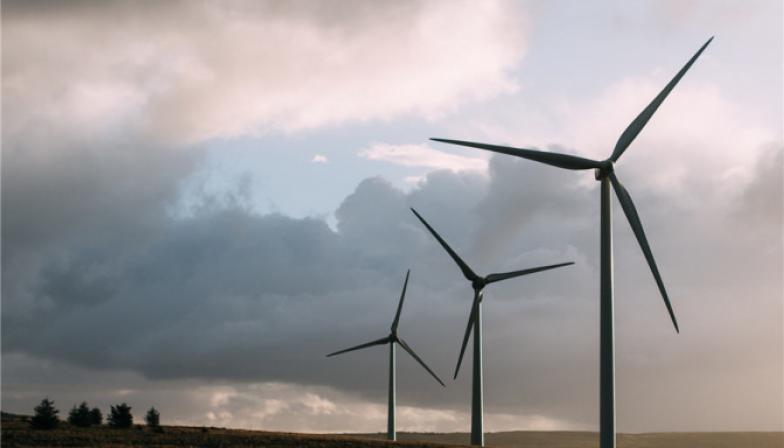“Wind power is the most copper-intensive form of electricity production and it is expected to consume the most copper over the next ten years in this sector,” said Henry Salisbury, an analyst at Wood Mackenzie in a media statement.
“Governments have begun a shift from dependence on energy-intensive carbon emissions to more renewable energy sources, and wind and solar energy sources have become a popular technology choice.
“Copper is required for the generation, transmission and distribution of energy because of its low electrical resistivity, high conductivity, ductility and durability. As a result of the heavy use of copper in wind farm projects and the growing demand for wind energy, copper consumption is significant and significant growth is projected over the next decade. ”
In a wind turbine, copper is consumed in a generator, power transformers, gearbox and cable trunk.
“About 58% of the copper consumed by windmills is cable. Given our current forecasts for new wind turbine installations between 2018 and 2028, more than 3 million tons of copper will be consumed in both collector and distribution cables, ”added Salisbury.
How will copper consumption in wind technology vary by region?
It is expected that global wind energy technologies will require an average of 450 thousand tons per year of copper per year from 2018 to 2022, and then increase to 600 thousand tons per year until 2028.
“It is predicted that China will experience the largest increase in new land capacity, consuming an average of up to 110 thousand tons of copper pear per year until 2028. They are followed by the United States, which will receive an average of 35 thousand tons of copper per year until 2028.
Europe is the largest market, and Wood Mackenzie said that the UK, the Netherlands and Germany will lead the offshore installation and are projected to consume an average of 80 thousand tons per year between 2018 and 2028.
“Due to the higher copper intensity, offshore turbines will demand an increase in the share of copper consumption. The progressive development of larger wind turbines will increase the intensity of copper, which will increase the risk of copper consumption in the long run after 2024, ”Salisbury said.
Higher copper prices have prompted some manufacturers to consider, and in some cases, introduce alternative materials into some components of wind turbines.
In cables, aluminum is lighter and cheaper, but metal requires more maintenance and requires a 50% larger cross-sectional area than copper cables to achieve similar levels of electrical resistivity and conductivity.
Wood Mackenzie said that in generators, manufacturers are reluctant to commit to alternative materials until quality and reliability are guaranteed. Enercon began producing EP3 generators with aluminum coils instead of stranded copper wires.
“Further development of aluminum technology could lead to an increase in copper substitution in the cable industry, exceeding our current expectations. In addition, the future introduction of higher-performance turbines could reduce the number of turbines in a wind farm.
Given that cables account for 58% of copper, this scenario could reduce copper intensity and therefore future consumption, ”Salisbury said.



